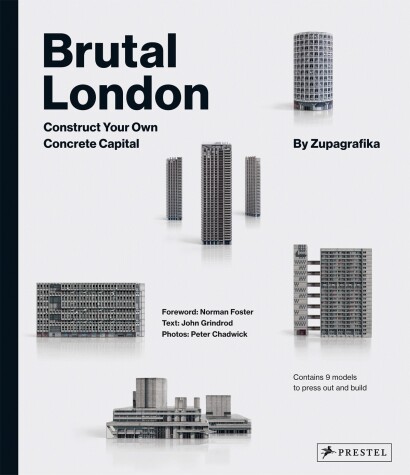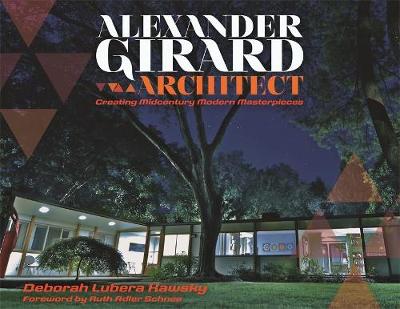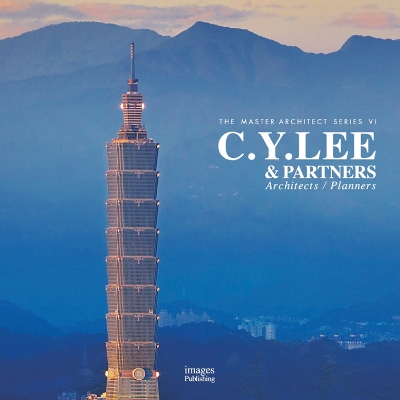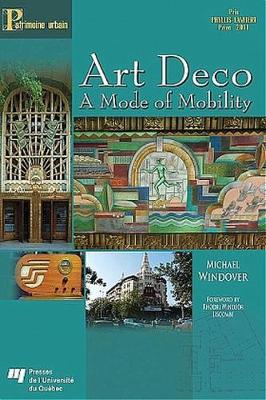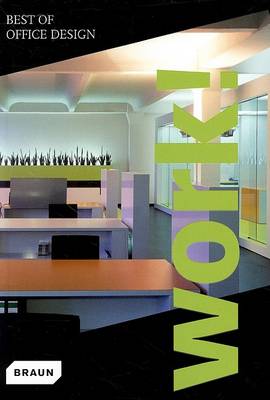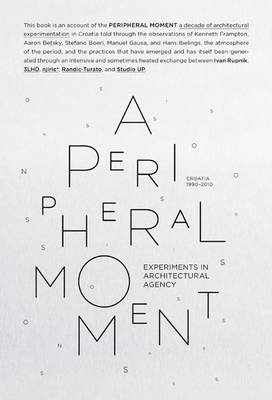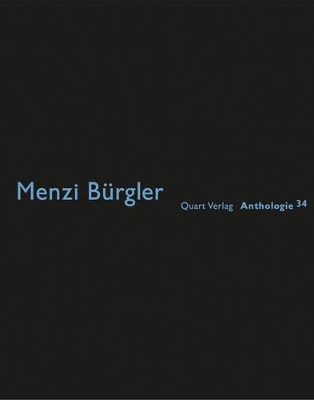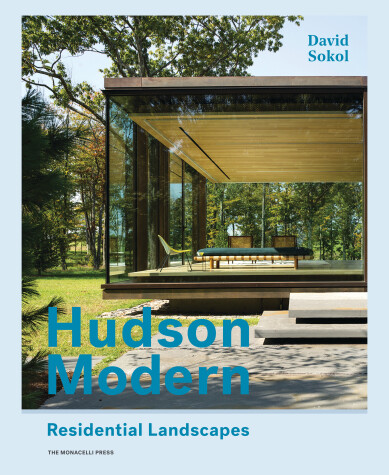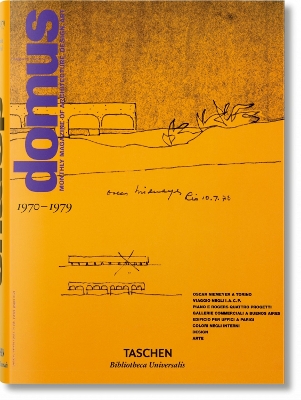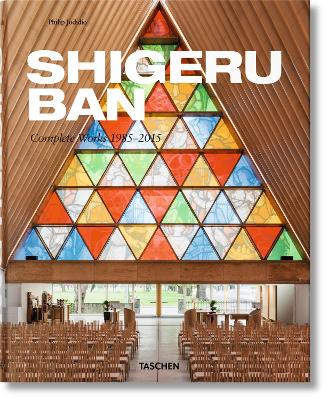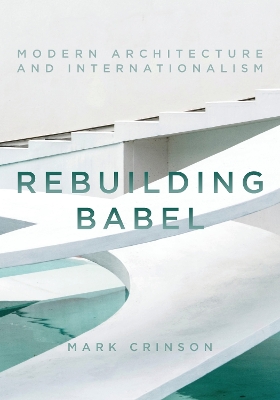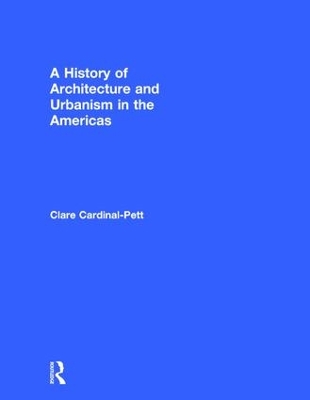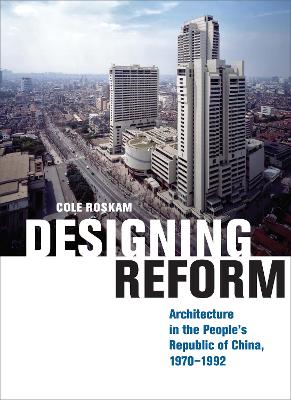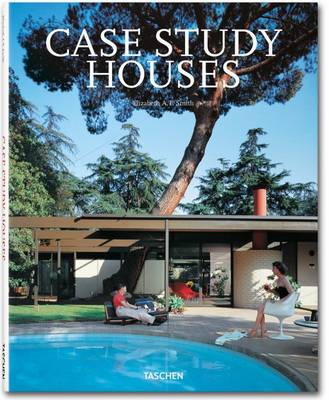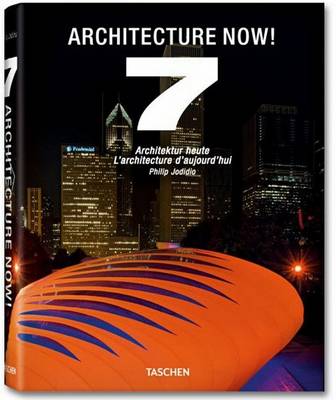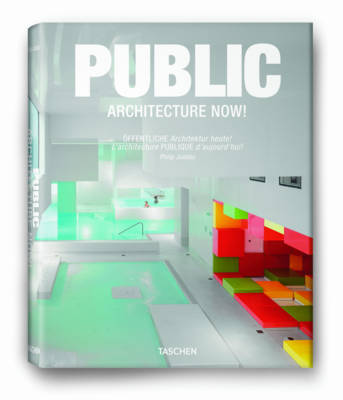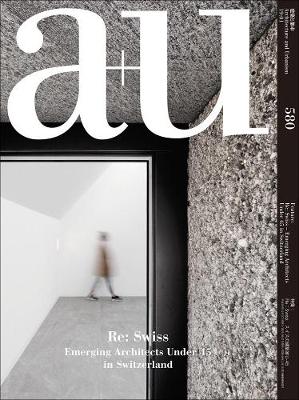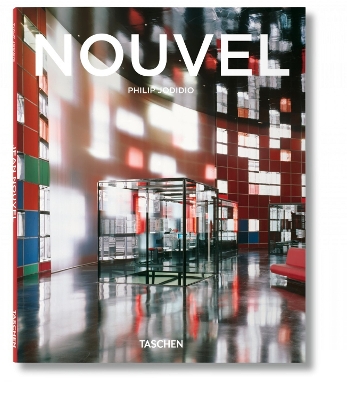In this fun and intellectually stimulating book, readers can recreate a number of London's most renowned Brutalist buildings. Opening with an informative history of the origins and philosophy of Brutalist architecture, the book then focuses on 9 buildings, including the Barbican Estate, Robin Hood Gardens, Balfron Tower and the National Theatre. The first part of the book looks at the significance of each of these buildings, with a short chapter on each, complete with texts and images. The secon...
Showcases the bold, innovative, and colorful architectural designs of Alexander Girard. During the midcentury period, Michigan attracted visionary architects, designers, and theorists, including Alexander Girard. While much has been written about Girard's vibrantly colored and patterned textiles for Herman Miller, the story of his Detroit period (1937-53)-encompassing interior and industrial design, exhibition curation, and residential architecture-has not been told. Alexander Girard, Architect...
C.Y. Lee & Partners is an architectural firm led by renowned architects, C.Y. Lee and C.P. Wang, with four partners V.T. Wu, James Wang, Chuck Chen and Victor Huang. In the three decades since its founding in 1978, C.Y. Lee & Partners has adhered to the architectural design principles based on oriental philosophy in all of its designs. They have been repeatedly recognised, locally and internationally, for their creative contributions to high-rise, commercial and residential architecture, outstan...
This book argues that mobility is the central theme of the interwar mode of design known today as Art Deco. It is present on the very surfaces of Art Deco objects and architecture in iconography and general formal qualities (whether the zigzag rectilinear forms popular in the 1920s or curvilinear streamlining of the 1930s). By focussing on mobility as a means of tying the seemingly disparate qualities of Art Deco together, Michael Windover shows how the surface-level expressions correspond as...
America holds more than two million inmates in its prisons and jails, and hosts more than two million daily visits to museums, figures which represent a ten-fold increase in the last twenty-five years. Corrections and Collections explores and connects these two massive expansions in our built environment. Author Joe Day shows how institutions of discipline and exhibition have replaced malls and office towers as the anchor tenants of U.S. cities. Prisons and museums, though diametrically opposed...
A Peripheral Moment
by Ivan Rupnik, Kenneth Frampton, and Aaron Betsky
The Zurich architects Oliver Menzi and Philippe Burgler demonstrate their ability to balance function with their signature reserved style. They skilfully play these attributes off each other, creating attractive public buildings such as the school and sports hall in Matzendorf, and the parish hall in Wurenlos. Similarly, the recently completed new wing at the Felsberg school, Lucerne, is a small masterpiece that shows their mastery of interior space, exterior structure, and precision in detail....
The first overview of all major launch sites. The Atlas of Space Rocket Launch Sites is the first book to present all 25 major global launch sites – from Wallops Island in the United States to Tanegashima in Japan and Woomera in Australia. It explains their architecture and geography and is illustrated with exquisite drawings, photographs, and one hundred exclusive maps by the German cartographer Katrin Soschinski. Launch sites, where all space journeys begin, are almost magical places,...
Hudson Modern showcases stunning new houses in the Hudson River Valley that embrace the dramatic settings and cultural bounty of this popular region. As the birthplace of American landscape painting, the Hudson River Valley has long been a refuge from the city and a laboratory for new aesthetic expression. Today, thanks to its ascendant reputation as a weekend utopia, architects are extending that tradition into the built environment. Designing residences that revere local climate, landscape, a...
Founded in 1928 as a "living diary" by the great Milanese architect and designer Gio Ponti, domus has been hailed as the world's most influential architecture and design journal. With style and rigor, it has reported on the major themes and stylistic movements in industrial, interior, product, and structural design. This fresh reprint of the 1970s domus coverage brings together the most important features from an era marking seismic changes in architecture and design. It was a time when individ...
From a house without walls to exhibition spaces in shipping containers, Shigeru Ban has constantly challenged architectural rule and expectation. In the age of the "starchitect," he has also demonstrated a commitment to humanitarian practice: Over the course of his esteemed career, his inventive, elegant designs have been applied as much to private commissions as to emergency relief work at the sites of natural and man-made disasters around the world, from Kobe to New Orleans. For the Pritzker...
Much of modernist architecture was inspired by the emergence of internationalism: the ethics and politics of world peace, justice and unity through global collaboration. Mark Crinson here shows how the ideals represented by the Tower of Babel - built, so the story goes, by people united by one language - were effectively adapted by internationalist architecture, its styles and practices, in the modern period. Focusing particularly on the points of convergence between modernist and internationali...
A History of Architecture and Urbanism in the Americas
by Clare Cardinal-Pett
A History of Architecture and Urbanism in the Americas is the first comprehensive survey to narrate the urbanization of the Western Hemisphere, from the Arctic Circle to Antarctica, making it a vital resource to help you understand the built environment in this part of the world. The book combines the latest scholarship about the indigenous past with an environmental history approach covering issues of climate, geology, and biology, so that you'll see the relationship between urban and rural in...
Investigating the rich architecture of post-Mao China and its broad cultural impact In the years following China's Cultural Revolution, architecture played an active role in the country's reintegration into the global economy and capitalist world. Looking at the ways in which political and social reform transformed Chinese architecture and how, in turn, architecture gave structure to the reforms, Cole Roskam underlines architecture's unique ability to shape space as well as behavior. Roskam trac...
Social Housing in the Middle East
by Kivanc Kilinc and Mohammad Gharipour
Case Study Houses (Bibliotheca Universalis) (Taschen Basic Art)
by Elizabeth A. T. Smith
This is TASCHEN's 25th anniversary - special edition! This is the pioneering project that sought to bring modernism to the masses. The Case Study House program (1945-1966) was an exceptional, innovative event in the history of American architecture and remains to this day unique. The program, which concentrated on the Los Angeles area and oversaw the design of 36 prototype homes, sought to make available plans for modern residences that could be easily and cheaply constructed during the postwar...
After the Fall - Architecture is in a new Economic Climate. Taschen's "Architecture Now! 7" features an arching overview of today's architecture, from modern to radically avant-garde. As with previous books in the series, "Architecture Now! 7" includes a broad variety of projects from around the world, as well as some works of art that have a direct relation to architecture, from the likes of Giacomo Costa or Shinro Ohtake. It also explores how the recent economic downturn has led to fewer large...
We tend to divide buildings into two basic categories - private structures such as houses, and public buildings like railway stations, concert halls or museums. Public buildings have limits of their own: whether a courthouse or an airport, a stadium or college campus, questions of style, function or cost are clearly posed. Resolving such tensions is just one of many serious questions that arise when the definition of public architecture is at stake. This book explores the most creative responses...
Michael Sorkin is one of the most forthright and engaging architectural writers in the world. In What Goes Up he charts the dehumanising regimes of mayors Bloomberg and De Blasio that created a city of glittering towers and increasing inequality. He looks at what has happened to Ground Zero, as a place of memory has been reconstructed by "staritects" and turned into malls. The city, he suggests, has to be reimagined from the street up on a human scale, to develop new ways to revitalise neighbour...
На площади. В поисках общественных прострk (Архитектура)
by О. Хазерли
A+u 580 - 19:01 Re: Swiss - Emerging Architects Under 45 In Switzerland
An Illustrated History of Chitral Scouts 1903-2014
by Aamir Mushtaq Cheema
Jean Nouvel, winner of the 2008 Pritzker Prize, is widely regarded as France's most original and important contemporary architect. From 1967 to 1970 he assisted influential architects Claude Parent and Paul Virilio, before creating his own practice in Paris. His first widely acclaimed project was the Institut du Monde Arabe in Paris (1981-87). Since then he has completed the Lyon Opera House and the Fondation Cartier, Paris. His major completed projects since 2000 include the Culture and Convent...
